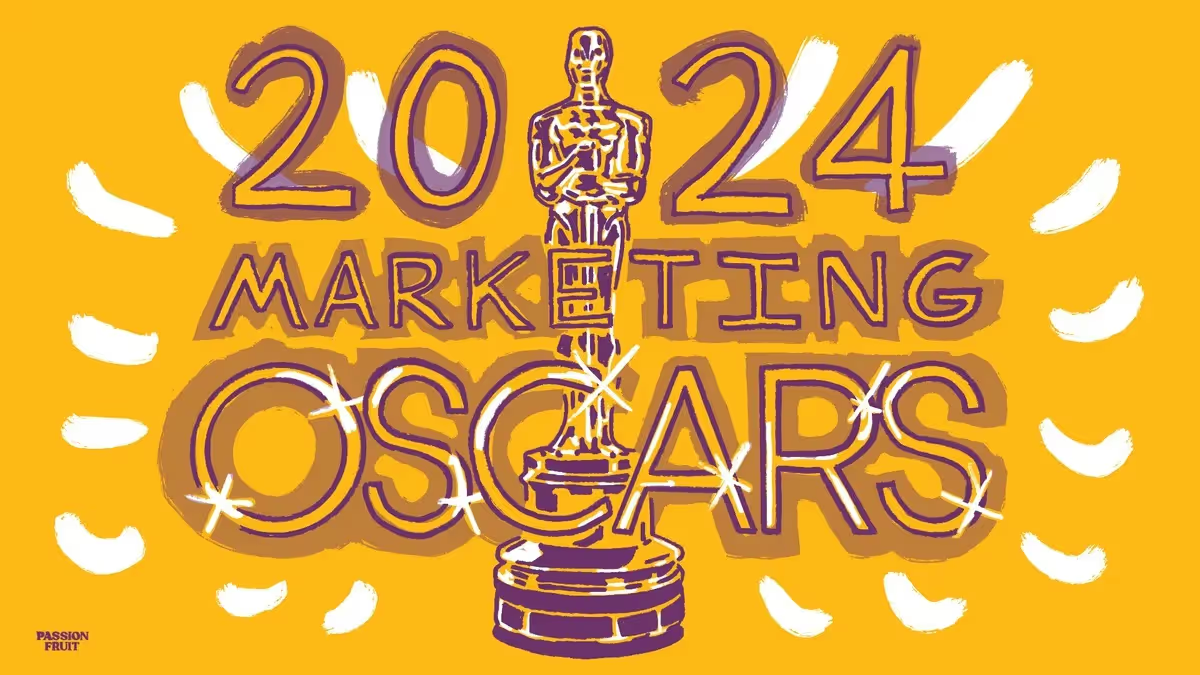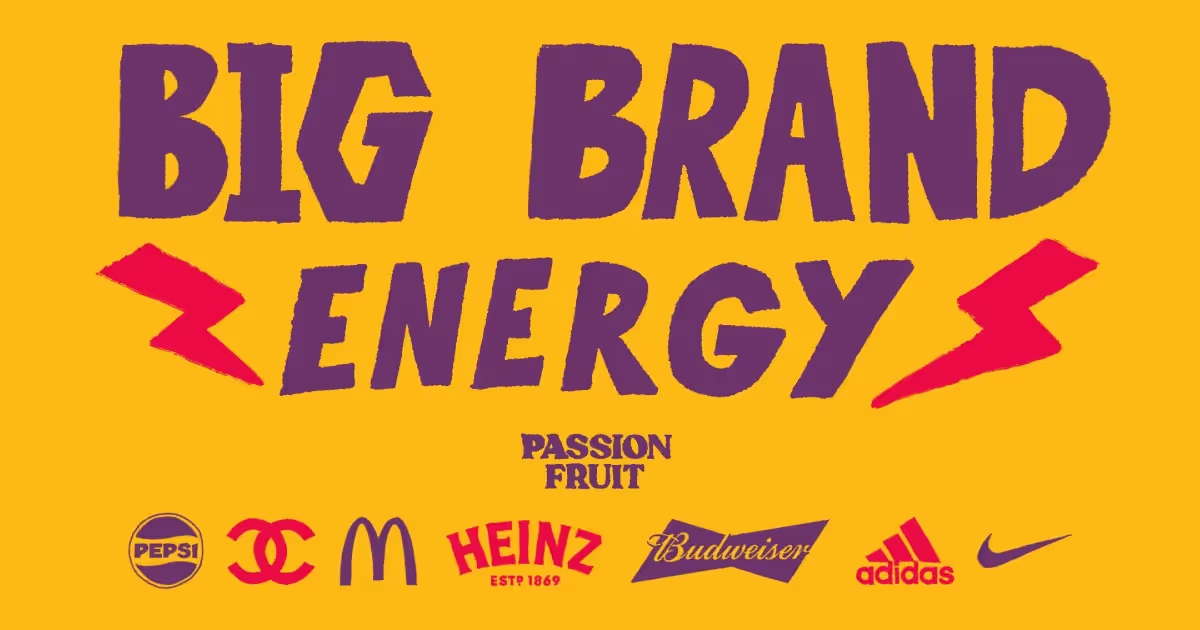From a societal perspective, the multi-year plans of billionaire tycoons were rejected by the collective power of the people, in just a matter of days. Seen politically, this marked another milestone in the new battle lines of British politics. The Conservative party’s attempted shift to represent the “working people” of the UK was emboldened by Boris Johnson’s damning op-ed in The Sun. Meanwhile, the ESL’s own PR machine was headed by none other than Katie Perrior - the Prime Minister’s former press officer. Looking at the economics, the breakdown of the ESL leaves debt-laden clubs such as Tottenham, Barcelona and Real Madrid in dire financial straits; with all leverage over UEFA extinguished by their public humiliation.
However, if you are building a fledgling business, it is the marketing failure of the ESL that makes for the best learning opportunity. Granted, as the founder of a new venture, it is unlikely that you enjoy the sway or contact book of a man such as Andrea Agnelli (Chairman of Juventus and heir to the Fiat car empire). Despite this, there are three core marketing lessons that early-stage ventures can learn from the recent debacle.
1. Every product needs a brand story.
In last week’s post, we spoke about one foundational element of a business: its brand identity. One look at the ESL’s identity and it feels misguided. A black and white colour scheme, set against a rigid typeface, with no iconography, gives off a look-and-feel so cold, mechanical and corporate that it could be Emperor Palpatine’s pitch deck for the construction of the Death Star.


However, this poorly conceived brand identity was most conspicuous for its absence. It was nowhere to be seen because the ESL’s founders were determined to make themselves the centre of attention. The story became Perez, Agnelli, Glazer, Kroenke etc. - a set of embittered white, male faces - chasing their next billion. All this against the backdrop of a world embracing the importance of diversity and questioning the unfettered pursuit of financial gain.
There are countless alternative positionings that the ESL could have chosen; harnessing the power of influencers, cult club icons or even members of the public-at-large to amplify their message. Founders should consider all their options. Whatever your preference, if you want to propose the future of your category, ensure that you look and sound like the future, not the past. If what you’re proposing is radical, meet people halfway by presenting yourself with a friendly face and an energising narrative.
Your story doesn’t have to cost the price of a celebrity endorsement fee, and you don’t have to be solving the world’s deepest problems to tell a good one. For inspiration, look at the approach Weezy are taking: on-demand booze-delivery is still new to many people in London, so in recent weeks they’ve had ambassadors introducing the brand on Regent’s Canal and offering people a few free drinks. Simple.
2. Intuition isn’t the same as knowledge of your customer.
In his headline statement announcing the ESL, President Florentino Perez declared that “football is the only global sport in the world with more than four billion fans and our responsibility as big clubs is to respond to their desires.” Either those words were disingenuous or the ESL’s architects have less understanding of their customer than anyone could’ve imagined. If it was the latter, some simple desk research would have been prudent - YouGov snap polling revealed that 80% of football fans were in opposition to the plans. Either way, this constituted a severe miscalculation: customer preferences were not correctly weighted, an error which, as this case demonstrates, can be fatal.
In a recent Tweet, Y Combinator founder Paul Graham encouraged founders to “cheat by being the customer yourself”. Developing empathy in this way is sometimes not possible for you as the founder (due to personal background, physical location or financial means) - though its value is clear, as Joe Albanese of Stir explained on the Means of Creation podcast after his months-long living with, talking and listening to creators across America. If you’re not in a position to validate your intuition by putting yourself in your customers’ shoes, an easy hack is to commission someone with specific domain expertise (a journalist is best, given their investigative instincts) who can create a bespoke report that covers the space you’re trying to get into.
3. Build communities, not audiences.

Outside Stamford Bridge, ahead of Chelsea’s match against Brighton, thousands of protestors congregated after being mobilised on WhatsApp groups, Instagram comments and Twitter threads, all in a matter of hours. This is a cruel twist of irony for the club and its ownership, who have spent years trying to grow their online and offline communities to appeal to corporate sponsors. Connected to each other by club-specific brand narratives (“Blue Is The Colour”, “The United Way”, “You’ll Never Walk Alone”) - these fans represent the peak of brand communities; fuelled by leaders like Ian Wright and Gary Neville, and fed on a diet of always-on, club-run content machines across YouTube, Instagram, and TikTok.
Cultivating that level of brand affinity takes many decades, and a lot of well-crafted strategy and content. Even if there are no shortcuts, you can start with just a handful of people. As David Spinks, author of The Business of Belonging, has argued, the biggest mistake made by founders in this respect is “they go too big too fast.” It is better to produce information and answer questions that make a specific set of customers’ lives easier, and then scale it up once you feel you’re on the right path. Whether it’s video, audio or written, utility will eventually drive affinity. What’s best about building your brand in service of your customers is that they will keep you honest. They’ll let you know when you stop solving the problem you exist to solve. And when you’re doing a great job you’ll get the credit, as well.







